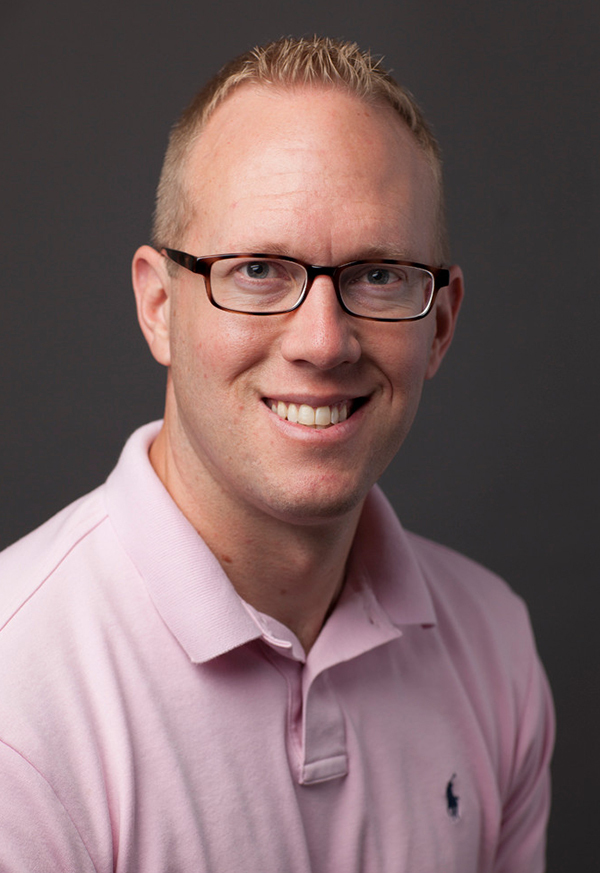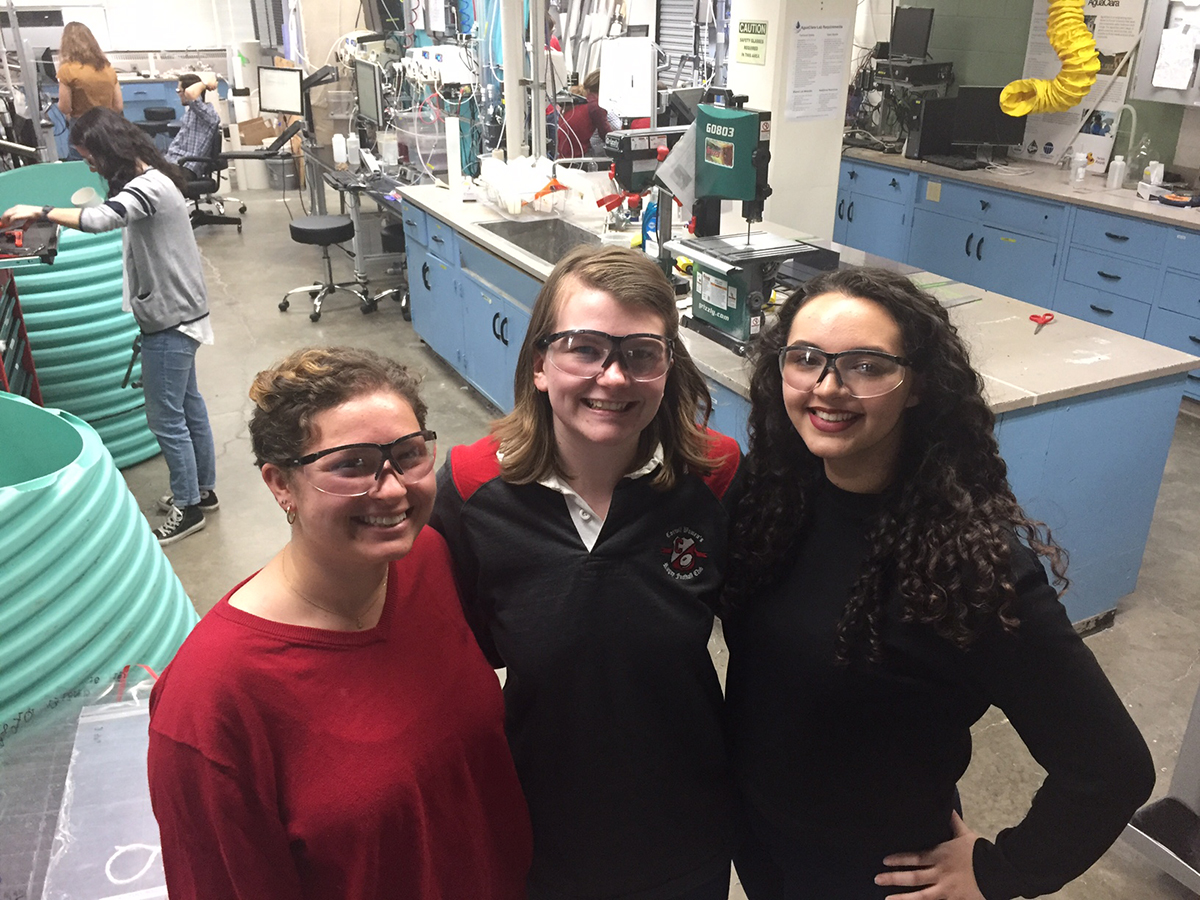Legalize recreational pot? More say ‘yes’ for economic benefits
But which of these arguments resonate most strongly with Americans? It’s the arguments that support legalization, according to a new study co-authored by Jeff Niederdeppe, associate professor of communication in the College of Agriculture and Life Sciences.
More than 60 percent of people surveyed in the study said they supported legalization because they agreed with arguments saying it would increase tax revenues, create a profitable new industry, reduce prison crowding and lower the cost of law enforcement.
In contrast, fewer people in the study agreed with anti-legalization arguments emphasizing the damage the policy would have on public health. These reasons included that legalization would increase car accidents, hurt youth’s health, expand the marijuana industry, increase crime and threaten moral values.
“The pro arguments are really practical: ‘Give us money and jobs. Keep our prison from being overcrowded, make law enforcement’s job easier,’” said Niederdeppe. “And the con arguments are a little more ideological: ‘This is going to lead to big industry and crime and undermine the fundamental values that make America great.’”
The study was led by Emma McGinty at the Johns Hopkins Bloomberg School of Public Health. Kathryn Heley and Colleen Barry, also from Johns Hopkins, co-wrote the study.
“Public perceptions of arguments supporting and opposing recreational marijuana legalization” appeared Feb. 9 in Preventive Medicine.
Niederdeppe emphasized that he and his colleagues are advocating neither for nor against legalization. Rather, their research offers a snapshot of public opinion at a time when legalization debates are in the air, he said.
“We’d better understand where the public stands on this issue if we want to develop policies that are responsive to democratic values and what people are concerned about,” he said. “Understanding where the public sees benefit and where it is nervous can help regulators … emphasize those things people agree are important.”
Survey respondents living in states where recreational marijuana is legal drove part of those results, Niederdeppe said. In legal states, 65 percent of survey respondents supported legalization. In contrast, only 45 percent in illegal states supported the policy.
The researchers also found a big difference in how people in legal and illegal states viewed the economic arguments supporting recreational marijuana. Just over 25 percent of people in illegal states agreed that legalization would increase tourism revenue; but more than twice – nearly 53 percent – in legal states said it would. This may indicate people had seen an increase in tourism firsthand, McGinty said.
“That suggests how the dynamic of public opinion might change if marijuana is legalized,” she said.
The researchers also found Democrats were far more likely to agree with arguments in support of legalization; Republicans were far more likely to agree with arguments against it. “Clearly, it’s a partisan issue,” Niederdeppe said.
The researchers surveyed 980 people, with about a third living in states that had legalized recreational marijuana. The participants were asked to rate the 13 most common arguments for and against marijuana legalization, gleaned from the media’s coverage of the issue 2010-14. They rated the arguments on how much they believed the argument, how much they agree or disagreed with it and whether the argument was strong or weak.
The support for recreational-use legalization builds upon the much higher support for medical marijuana, Niederdeppe said. While still illegal under federal law, half the states in America have legalized marijuana for medical use.
“Medicinal marijuana has a legitimizing component: ‘It’s helping people.’ That laid the groundwork for this recreational debate to even happen,” he said.
This article is written by Susan Kelley and was published in the Cornell Chronicle on March 8, 2017.


